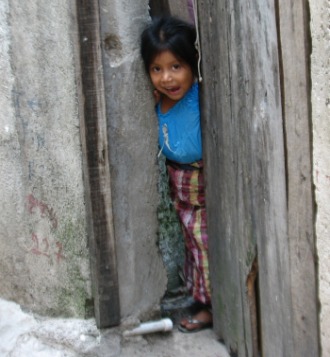Overweight and Obesity among Schoolchildren of Rural Guatemala and the Food Environment around Schools
Abstract
Introduction: Childhood obesity is a principal concern worldwide. Guatemalan households have the highest prevalence of double burden of malnutrition in the world. These households are self-identified as indigenous and live with lower incomes in rural communities. However, there are limited data on risk factors for childhood obesity and limited information regarding the school environments, especially in rural communities. The objectives of this study were to determine the prevalence of overweight and obesity in a sample of rural schoolchildren, evaluate whether there is significant variability across schools, and characterize the food environment around public elementary schools in rural communities.
Methods: A cross-sectional study was conducted in four rural public schools within three villages of El Progreso, a Department (state) of Guatemala, located about 60 km east of Guatemala City. Anthropometric measures and sociodemographic information for 398 schoolchildren and their mothers were collected in 2018. Environmental audits of food outlets and food advertisements were completed for a 250- and 500-meter radius around schools. Food outlets and food advertisements were categorized as healthy and less healthy, or acceptable or not acceptable, respectively, using international protocols. One-way ANOVA was used to compare schools and continuous demographic variables. Fisher’s LSD post hoc test was used to examine differences between schools. Chi-Squared tests were conducted to evaluate differences between categorical demographic variables, overweight and obesity, and variables regarding food environments. A logistic regression was used to examine factors associated with overweight and obesity and variability across schools, adjusted for household income, child sex and age, and maternal education and age.
Results: The overall percentage of overweight and obesity among schoolchildren across all four schools was 32.4%. There was a higher percentage of less healthful food outlets compared to healthful food outlets and overall food outlets within <250 meters around the four schools, as compared to food outlets within 500 meters. Logistic regression showed that overweight and obesity status varied significantly (p=0.042) depending of the school students attended, when adjusting for household income, child sex and age, maternal education, and age.
Conclusion: Study results revealed a high prevalence of overweight and obesity among schoolchildren in rural communities in Guatemala. There was significant variability in overweight and obesity across schools. Results portray the food environment around schools as a possible contributing factor to childhood obesity.

Authors retain all copyrights. In making a submission to World Nutrition, they are certifying that all material is theirs except quotations, as indicated, and that they have obtained permission for any photos, tables, or graphics taken from other publications or websites.




